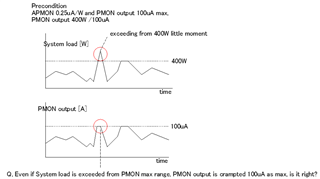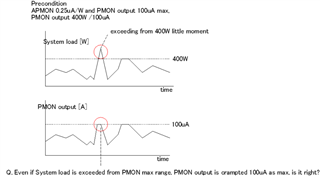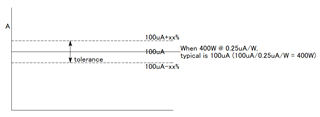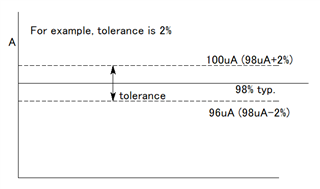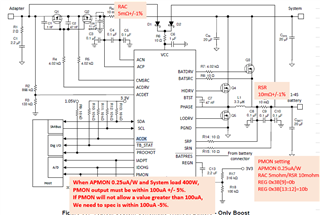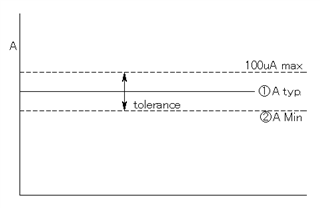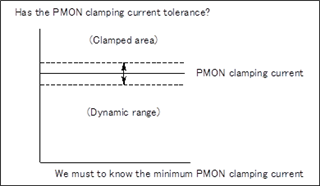(1). PMON Output current is max 100uA as below Electrical Characteristics, and also If Apmon is 1uA/100W, 100uA=100W.
By the way if System power is fllowed over 100W for example 140W, Will PMON output current exceeded 100uA?(eg. 140uA) ,
or PMON output is clipped to 100uA as max?
(2). PMON is systempower monitor output by VCC*IADPT + SRN*IBATT.
By the way, If RAC 5mohm + RSR 10mohm, resistor ratio is 1:2.
In that case, user sets REG0x3B[13:12] to 10b(RAC and RSR 1:2), as the result, does Charger calcurate PMON by "2" * (VCC*IADPT) + SRN*IBATT, is that right?
We would like to undestand the internal caluculation process of charger. (When REG0x3B[13:12] is 10b(RAC and RSR 1:2), PMON doubles VCC*IADPT before adding to (SRN*IBATT)?)
(3). When case of 20V/65W Adapter + 16V/53W Battery during Hybrid boost mode, is PMON Accuracy +/- ??% ? please teach the actual value, for example +/- 5%.


